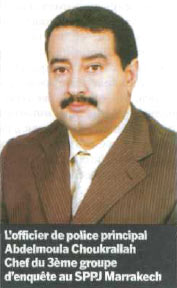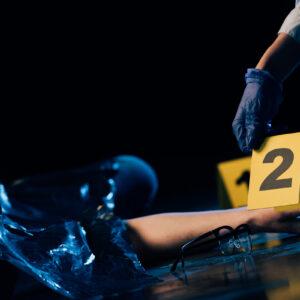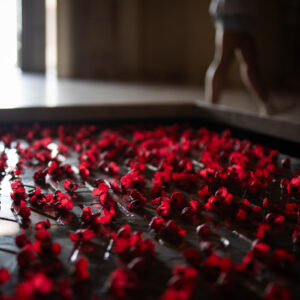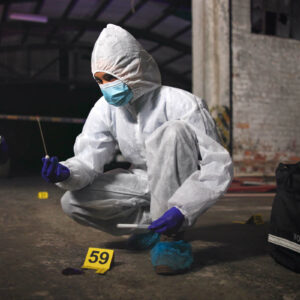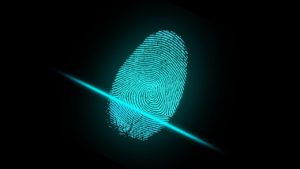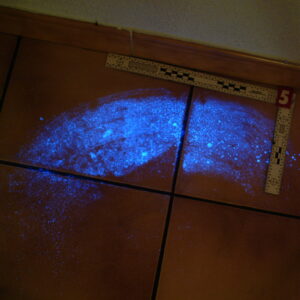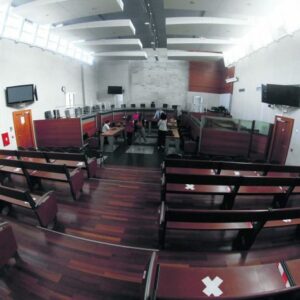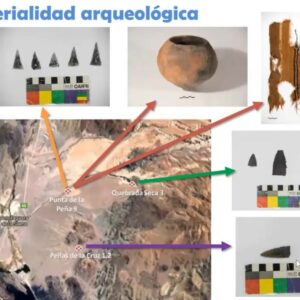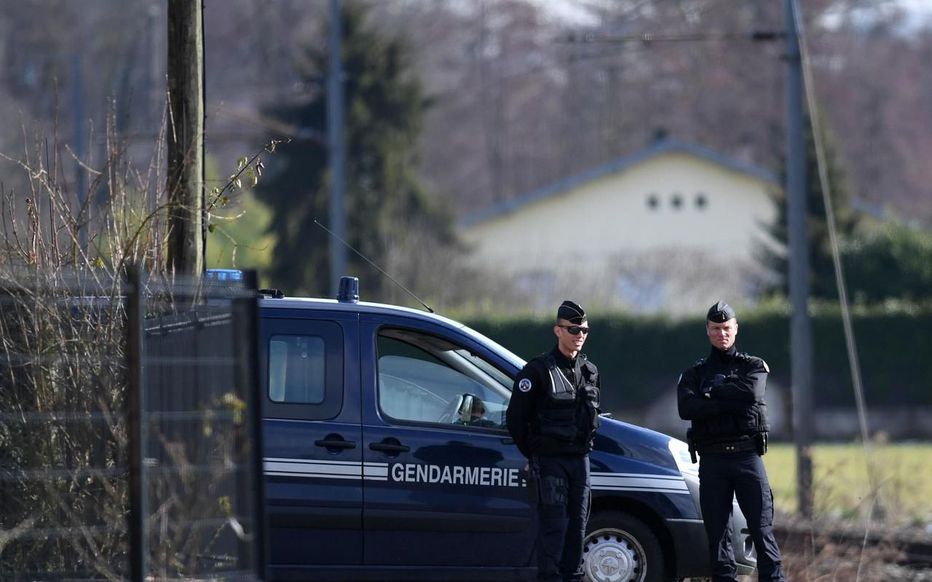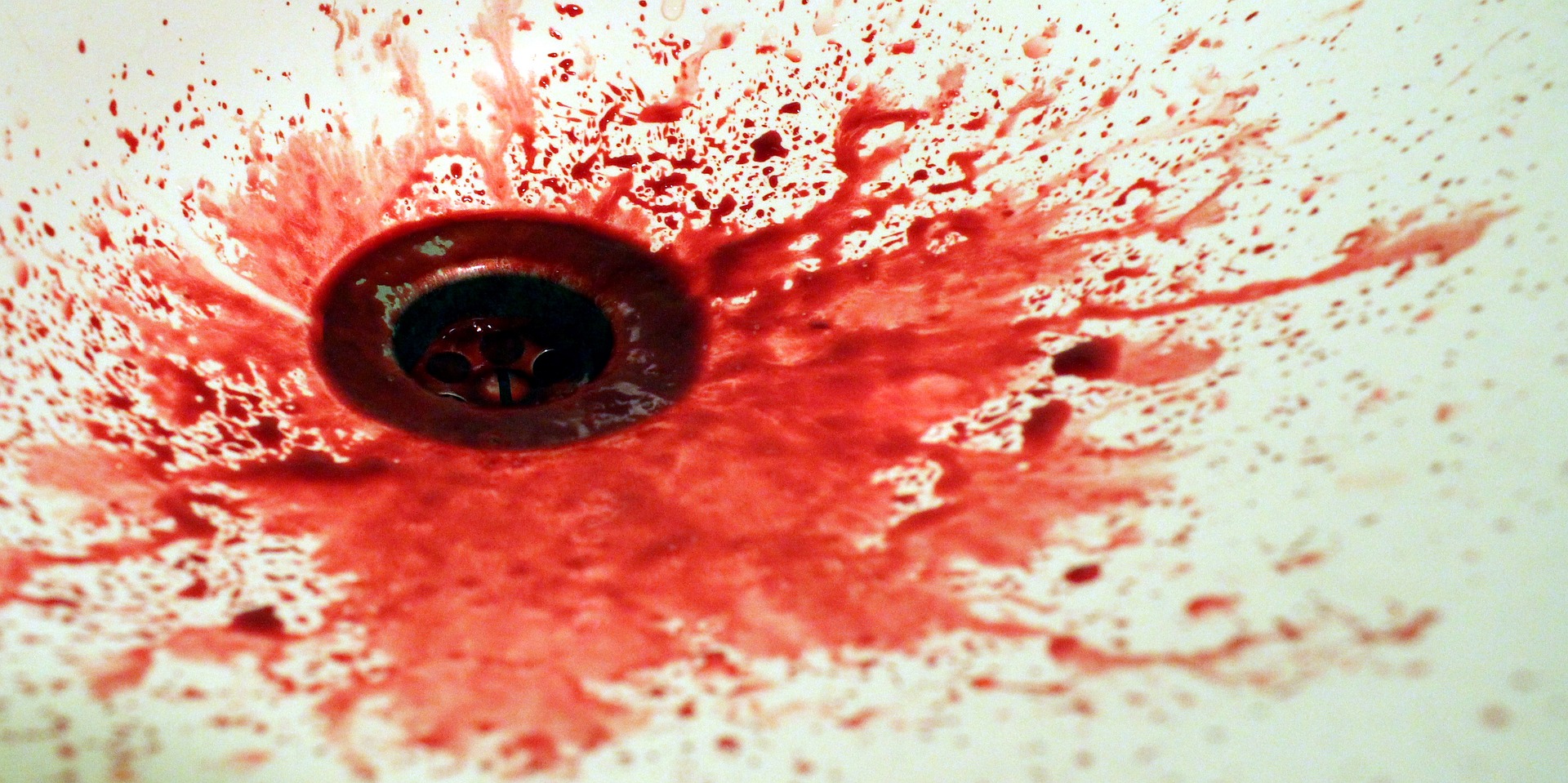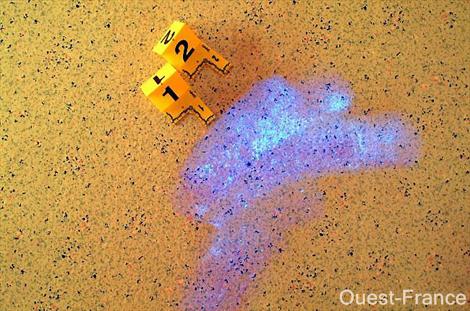Jealousy – RTL – 16/09/2003
The scenario of what happened on April 11 at the Flactif’s chalet is being confirmed, written by the investigators according to the confessions of suspect n°1, dissatisfied tenant, shuffled from one flat to another by his landlord. Well decided, his scenario in place, David Hotyat enters alone in the chalet between 18h30 and 21h in the kitchen where Xavier Flactif and two of his children are. He fired his 6.35 revolver. The mother hears the shots and is shot as she goes up the stairs. He shot the last child upstairs in his room, he would have told during his hearing, it is there that the investigators find the most clues: blood, pieces of teeth, and a shell of the revolver. It is on this order of the victims that David Hotyat contradicts himself, suggesting that there are still grey areas. He explained that he then burned the bodies of Xavier Flactif, his wife and their children in a forest in the region, after having loaded them into a vehicle and driven 10 km away. He then returned to Grand Bornand, seemingly out of the blue, making up a story to explain their disappearance.
How David Hotyat was identified
The Gendarmerie’s criminal research institute was dealing with traces of blood in the empty Flactif chalet, traces of blood that had been washed away. In spite of everything, the scientists of the gendarmerie first managed to identify the origin of this blood, it belonged to the five members of the Flactif family, and then very thorough analyses made it possible to establish that the blood of several of the members of the family was mixed with another blood, another genetic trace, it is this genetic trace, this DNA belongs to David Hotyat.
It is because this DNA was found mixed with the blood of several of the victims that the gendarmes, before the arrest, were already convinced that the owner of this genetic trace was the murderer. It was thanks to this DNA that the gendarmes were able to trace the case. Since May, the gendarmes have taken DNA samples from 130 people, business relations, craftsmen and people close to Flactif. This is how the investigators were able to target the main suspect.
France Info – 17/09/03
David Hotyat was confirmed by DNA samples taken from nearly 130 people who had relations with Xavier Flactif and his family, or who lived in the region. David Hotyat’s genetic fingerprint matched the mysterious sixth DNA found in the chalet alongside the fingerprints of the five family members. The property developer, his wife, Graziella Ortolano, and their three children were last seen on 11 April in the late afternoon. Investigations found multiple traces of blood belonging to the family members, a shell casing and splinters of teeth in their cottage. Blood also belonging to the missing persons was found in Xavier Flactif’s vehicle, abandoned near Geneva-Cointrin airport on the Swiss side on 13 May.
According to Alexandra Lefèvre, Hotyat told her that he had first shot two children, alone at the chalet, then their mother, the last child and finally the father. As he was cleaning up the traces of blood, with a flashlight in his mouth, Hotyat, overcome with nausea, was disturbed by the call of a tenant of Flactif and then the arrival of a pizza delivery man…




